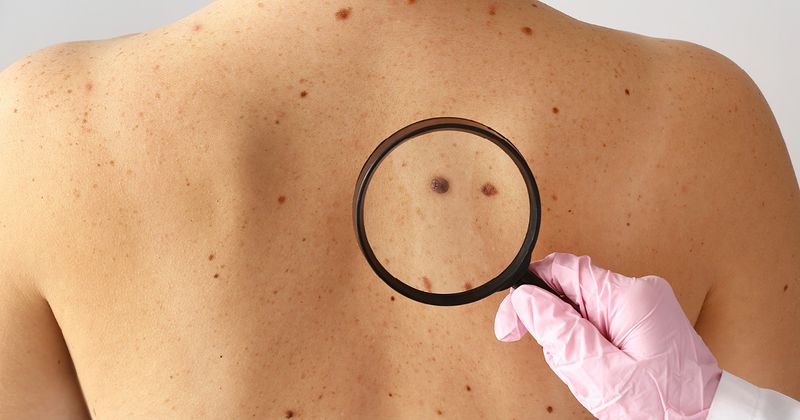Adverse events after ICI treatment linked to improved outcomes in patients with melanoma
Key takeaways:
- Cutaneous immune-related adverse events (cirAEs) were associated with improved overall survival (HR = 0.61).
- CirAEs were also associated with progression-free survival (HR = 0.52).
Patients that experience cutaneous immune-related adverse events after immune checkpoint inhibitor treatment are more likely to survive their melanoma diagnosis, according to a study.
“Over the past decade, immune checkpoint inhibitors (ICIs) have revolutionized the therapeutic landscape for patients with advanced malignant tumors,” Yaxin Du, BM, of the department of dermatology, Zhongda Hospital, School of Medicine at Southeast University in Nanjing, China, and colleagues wrote.

These ICIs have been shown to cause cutaneous immune-related adverse events (cirAEs), which are associated with favorable patient outcomes, according to the authors.
To identify whether the presence of specific cirAEs is associated with positive cancer prognoses in patients, the authors compiled 23 studies with a total of 22,749 patients that were treated with ICIs into a systemic review.
All of the studies showed that cirAEs were associated with improved overall survival (HR = 0.61; 95% CI, 0.52-0.72) and progression-free survival (HR = 0.52; 95% CI, 0.41-0.65).
“Uncontrolled immune activation resulting from ICIs targeting these immune checkpoints can lead to a wide range of irAEs, including cirAEs,” the authors said. “Consequently, based on the underlying mechanism of irAEs, it is logical to surmise that the emergence of irAEs signifies a more favorable prognosis.”
Patients that experienced eczematous (HR = 0.69; 95% CI, 0.5-0.93), lichenoid or lichen planus-like skin lesions (HR = 0.51; 95% CI, 0.38-0.69), pruritus without rash (HR = 0.7; 95% CI, 0.62-0.79), psoriasis (HR = 0.63; 95% CI, 0.47-0.84) or vitiligo (HR = 0.3; 95% CI, 0.19-0.46) exhibited a significant advantage for overall survival compared with patients that did not experience these cirAEs.
Vitiligo came out on top as the cirAE that most strongly indicated a positive prognosis. Not only did it signify improved overall survival, but it was also the only cirAE associated with significant progression-free survival (HR = 0.28; 95% CI, 0.19-0.43).
These results were consistent across study design, geographic region, ICI type and cancer type stratification with the exception of improved progression-free survival being associated with cirAEs in the U.S.
“These data suggest that cirAEs may have useful prognostic value in ICI treatment,” the authors concluded.

